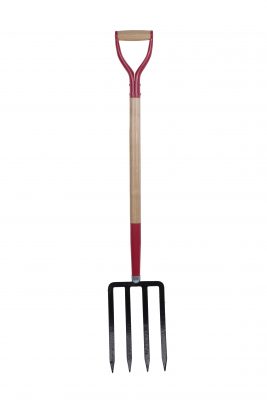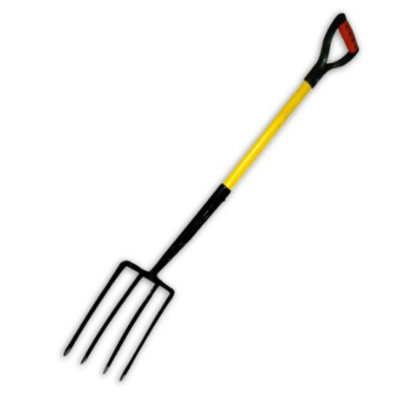The history of lawn mowers spans several centuries and is marked by various innovations that have shaped the way we maintain our lawns. Here’s a comprehensive overview of the evolution of lawn mowers:
- Early Manual Cutting Methods (pre-19th century):
- Before the invention of mechanized lawn mowers, grass was usually maintained using manual tools like scythes, sickles, and shears. These methods were labor-intensive and time-consuming.
- Invention of the Cylinder Mower (early 19th century):
- In 1830, Edwin Budding, an English engineer, patented the first practical lawn mower. His design featured a cylinder with multiple blades that rotated against a fixed blade, cutting grass with a scissor-like action. This invention laid the foundation for modern lawn mowers.
- Spread of the Cylinder Mower (mid-19th century):
- Budding’s design was further refined, and cylinder mowers became popular for maintaining lawns in larger estates, parks, and gardens. These mowers were often pushed from behind.
- Introduction of Steam-Powered Mowers (late 19th century):
- By the late 1800s, steam-powered lawn mowers were developed, enabling more efficient grass cutting for larger areas. These mowers were primarily used by professional landscapers and on sports fields.
- Transition to Gasoline Power (early 20th century):
- The early 20th century saw the emergence of gasoline-powered lawn mowers, which were lighter, more portable, and easier to operate than their steam-powered counterparts. These mowers gained popularity among homeowners.
- Rotary Mower Innovation (mid-20th century):
- In the 1920s, the introduction of the rotary lawn mower brought a new cutting mechanism to the market. Rotary mowers use a horizontal blade that rotates parallel to the ground, making them suitable for uneven terrain.
- Rise of Riding Mowers and Lawn Tractors (mid-20th century):
- During the mid-20th century, the concept of riding mowers and lawn tractors emerged. These larger machines allowed users to sit while mowing, making the process less strenuous.
- Electric Lawn Mowers (mid-20th century):
- In the 1950s, electric lawn mowers gained popularity due to their quieter operation and reduced emissions compared to gasoline-powered models. Corded and cordless electric mowers became common choices.
- Advancements in Technology (late 20th century):
- Throughout the latter half of the 20th century, lawn mower designs continued to evolve. Self-propelled mowers, improved cutting mechanisms, and ergonomic features became standard.
- Battery-Powered Mowers and Robotic Mowers (21st century):
- Battery-powered mowers gained prominence in the 2000s as battery technology improved. Robotic lawn mowers also emerged, offering autonomous grass-cutting capabilities and reducing the need for manual labor.
- Focus on Sustainability and Efficiency (present and beyond):
- Contemporary lawn mower designs prioritize fuel efficiency, reduced emissions, and quieter operation. Environmentally friendly practices and alternative landscaping techniques are becoming more popular.
The history of lawn mowers reflects the ongoing innovation and adaptation in lawn care practices. From manual tools to sophisticated robotic systems, lawn mowers have significantly influenced how we maintain and enjoy outdoor spaces.
























